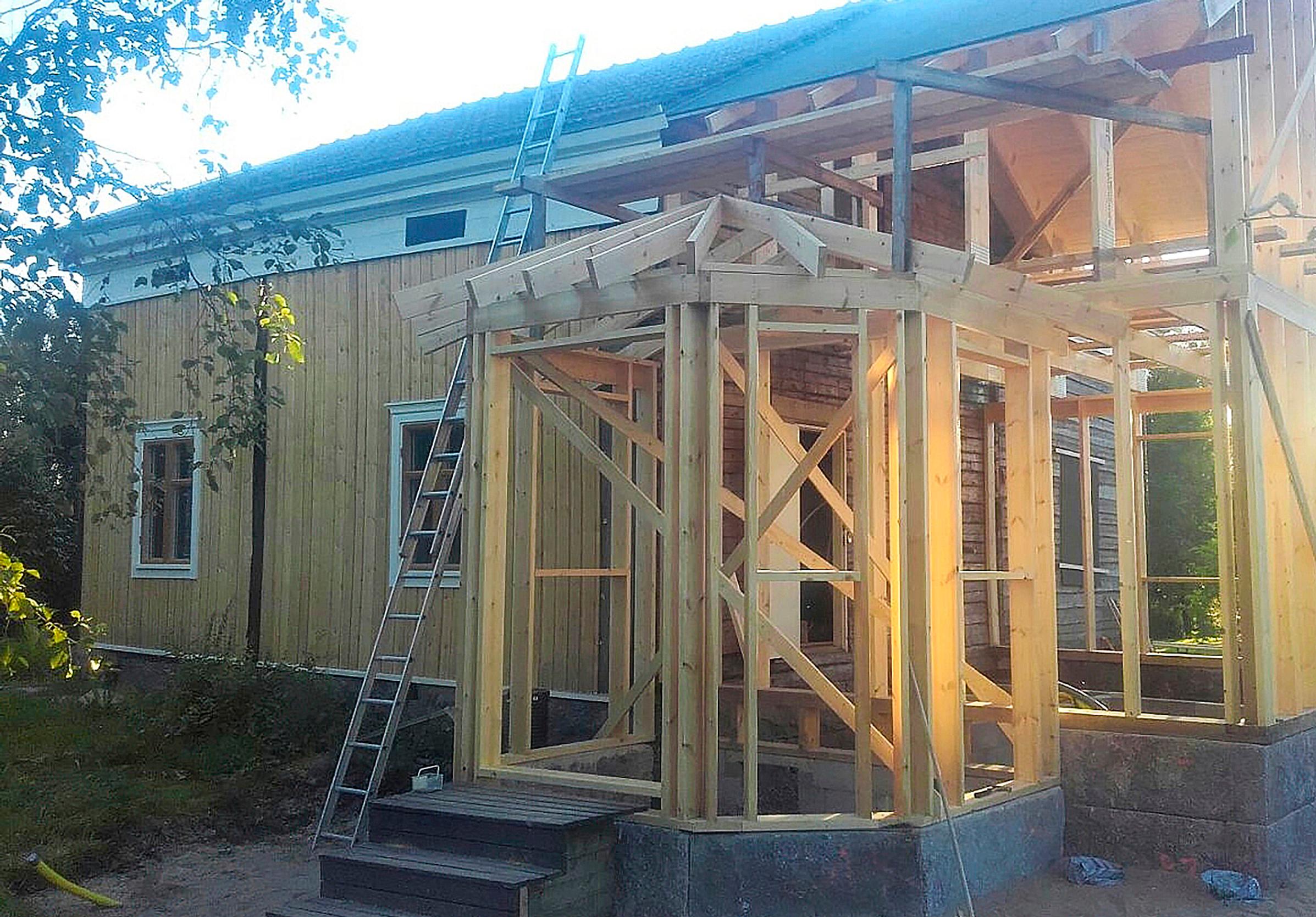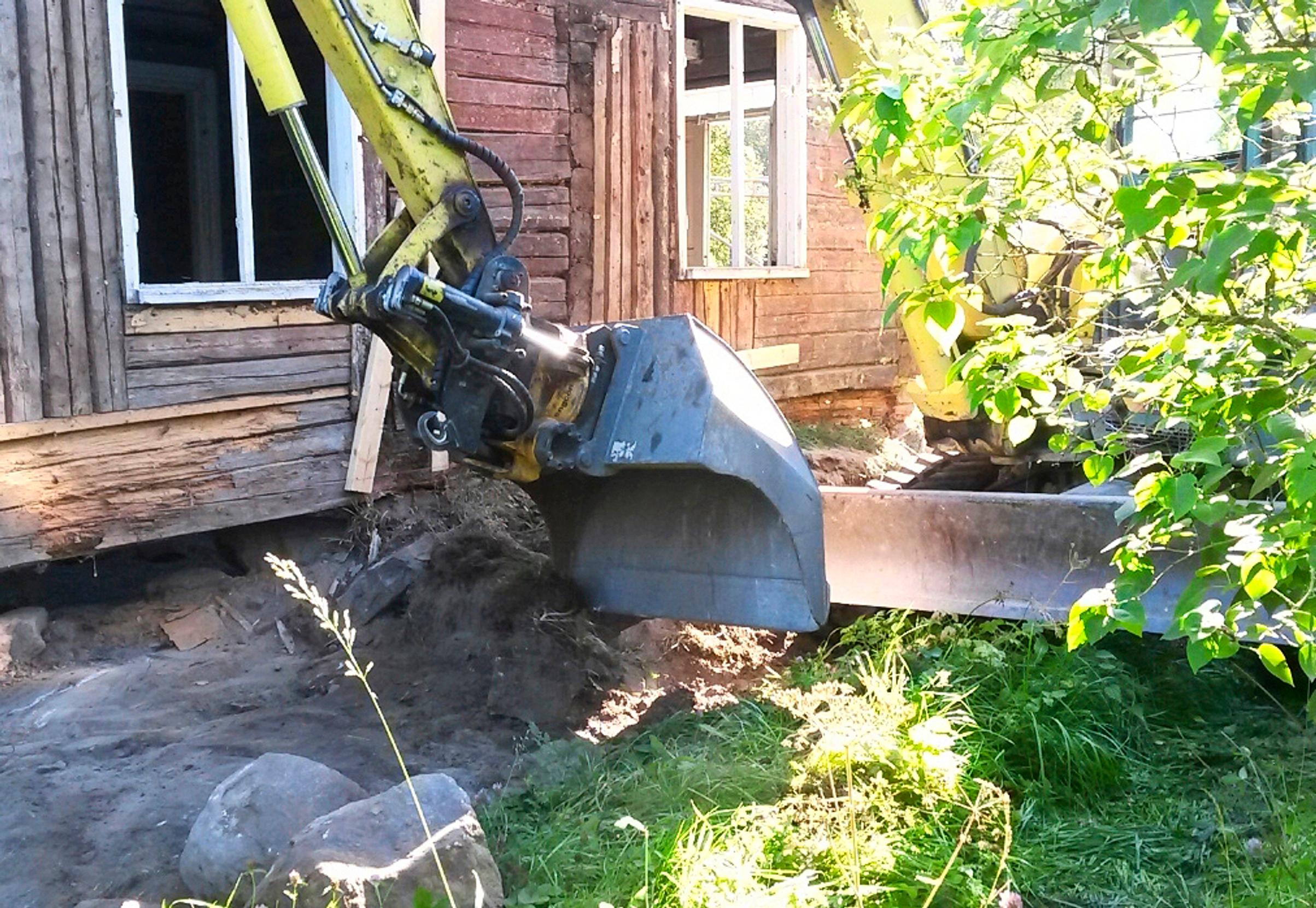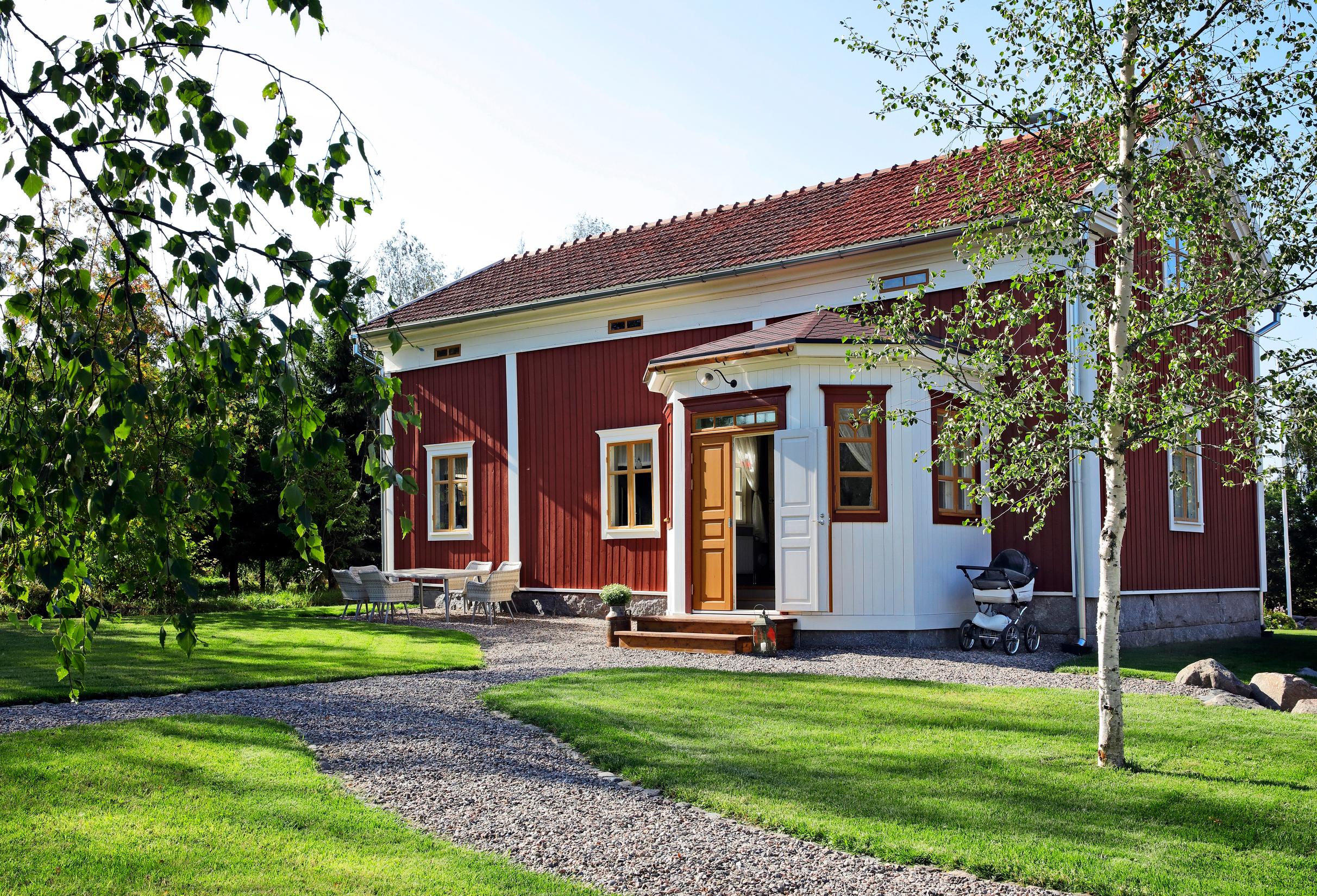
Lisa and Patrik transformed an abandoned log house into a gem—“The work takes time, and that’s how it should be”
For decades, half of this house waited for the day when Kruunupyy native Lisa Fröjdö would recall her childhood dream and make it whole. Now, this carefully restored home is lived in by a Finnish family of three.
When Kruunupyy native Lisa Fröjdö was still a child, she would look at Sigurd’s cottage on the edge of her family’s yard and dream of living there. As an adult, Lisa and her husband Patrik searched for a place to renovate or relocate elsewhere, but they grew frustrated when they couldn’t find anything suitable nearby. Finally, Patrik suggested they renovate Sigurd’s place instead. “Absolutely not,” was Lisa’s initial reaction. Only when Patrik drew the facade sketches of their future home on graph paper did Lisa remember her dream.
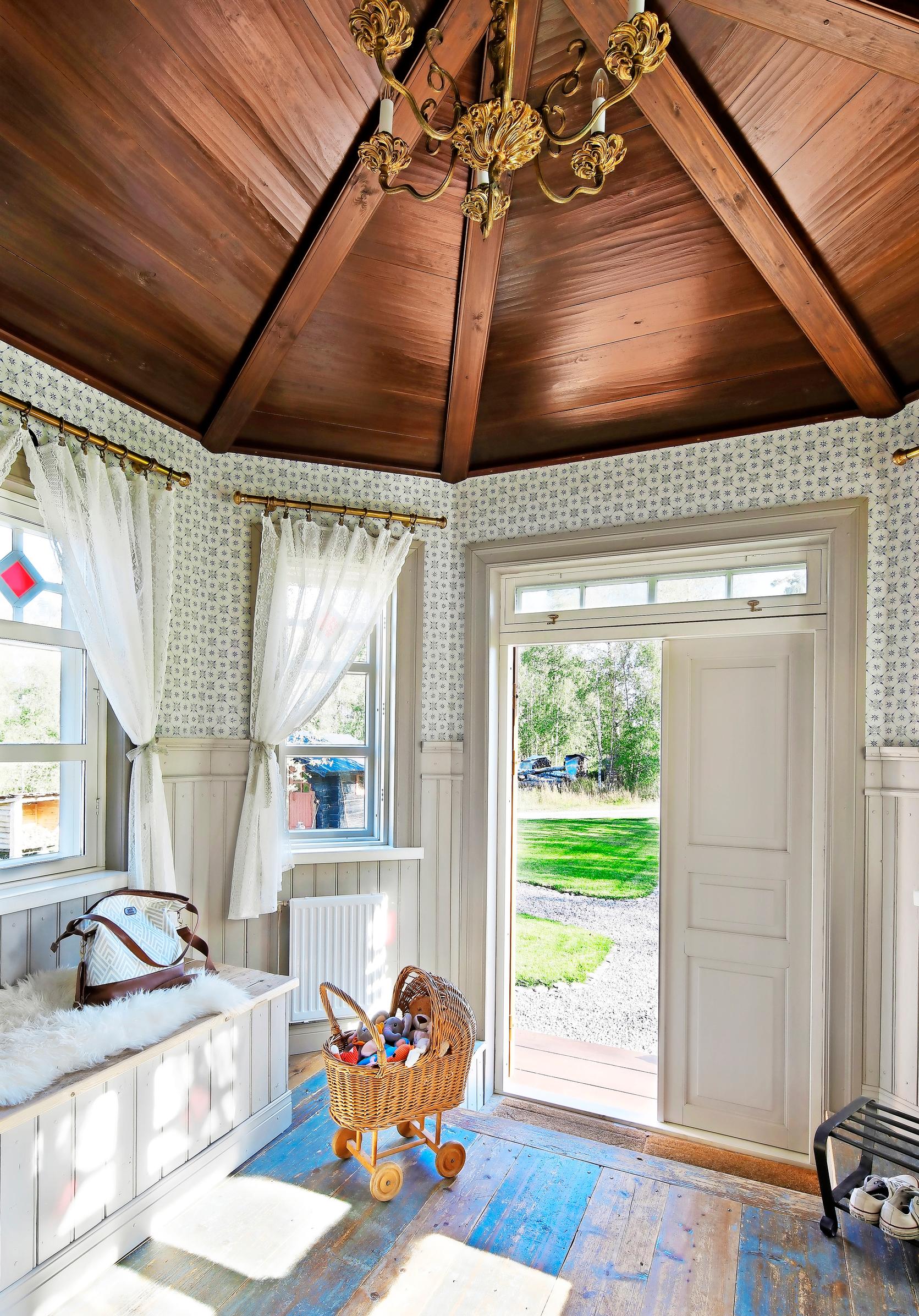
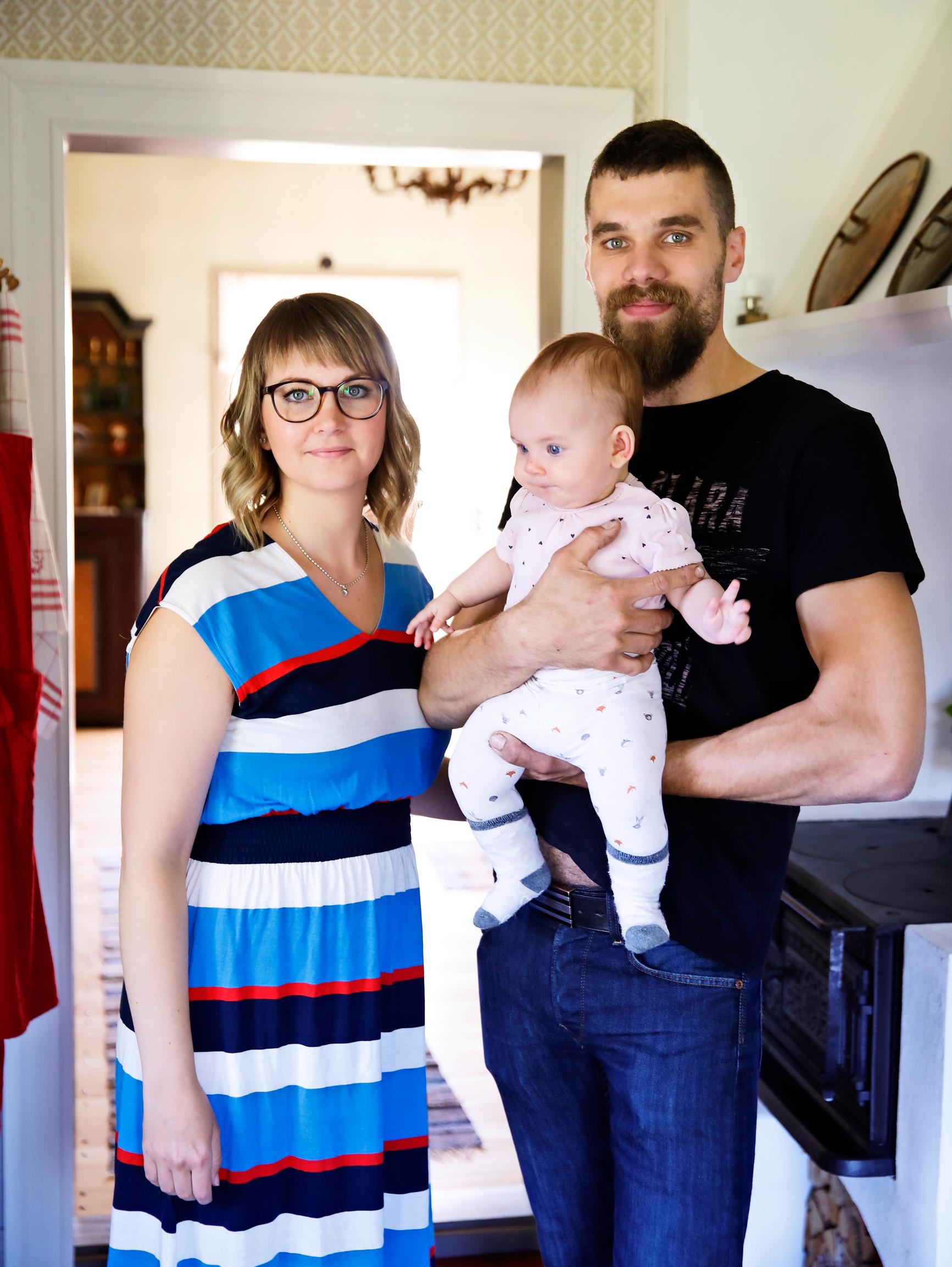
Lisa’s childhood home was relocated to the end of Bäckintie in 1845. The oldest part of Sigurd’s house, on the neighboring lot, is believed to have been built around the same time. Its interior ceiling has been raised twice, and the house was expanded in 1925.
During the land redistribution in Kruunupyy in the 1960s, the lot containing the house passed into the ownership of Lisa’s grandparents. One half of the house was torn down, and the remaining portion was occupied by a bachelor with no family, Sigurd, after whom the house was named.
Sigurd was supposed to demolish his part of the house and move out, but the elderly man wanted to remain in his home until the end. He offered to buy back his lot, but the deal was never finalized because Sigurd passed away in the middle of the transaction. Lisa’s grandmother bought the abandoned house on her property and declared it only good for firewood. Fortunately for Lisa and Patrik, that threat was never carried out.
The remaining half of the house stood empty for 45 years, all the way until spring 2015. That previous November, Lisa and Patrik had said “I do,” and by Easter they said the same to the house. The first few months of the renovation were spent clearing out and stripping down Sigurd’s place.
“The cottage had been used by Lisa’s brothers as a place to tinker and as a ‘motocross bike repair shop.’ The bedroom was packed with bicycles, and what is now the kitchen was full of schoolbooks, old bills, and other equally ‘important’ items,” the Fröjdös laugh.
Under all the clutter, layers of rugs, and wallpaper, they discovered a solid log frame. The clay roof tiles had protected the house well, and after a thorough washing, they could stay in place. The only modern convenience was simple electric lighting. Water had been carried in, with a small cabinet and a wood-burning stove serving as a makeshift kitchen.
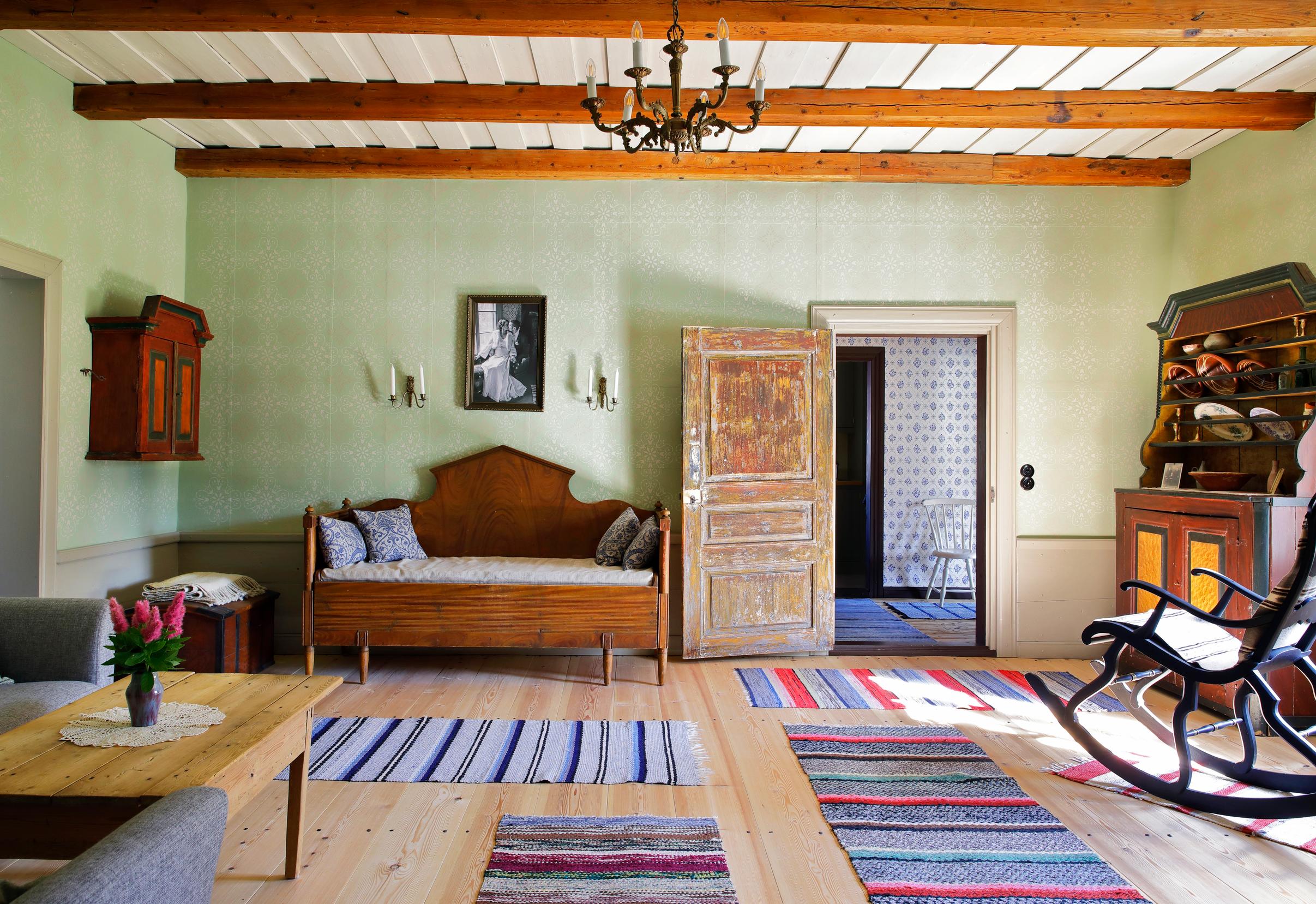
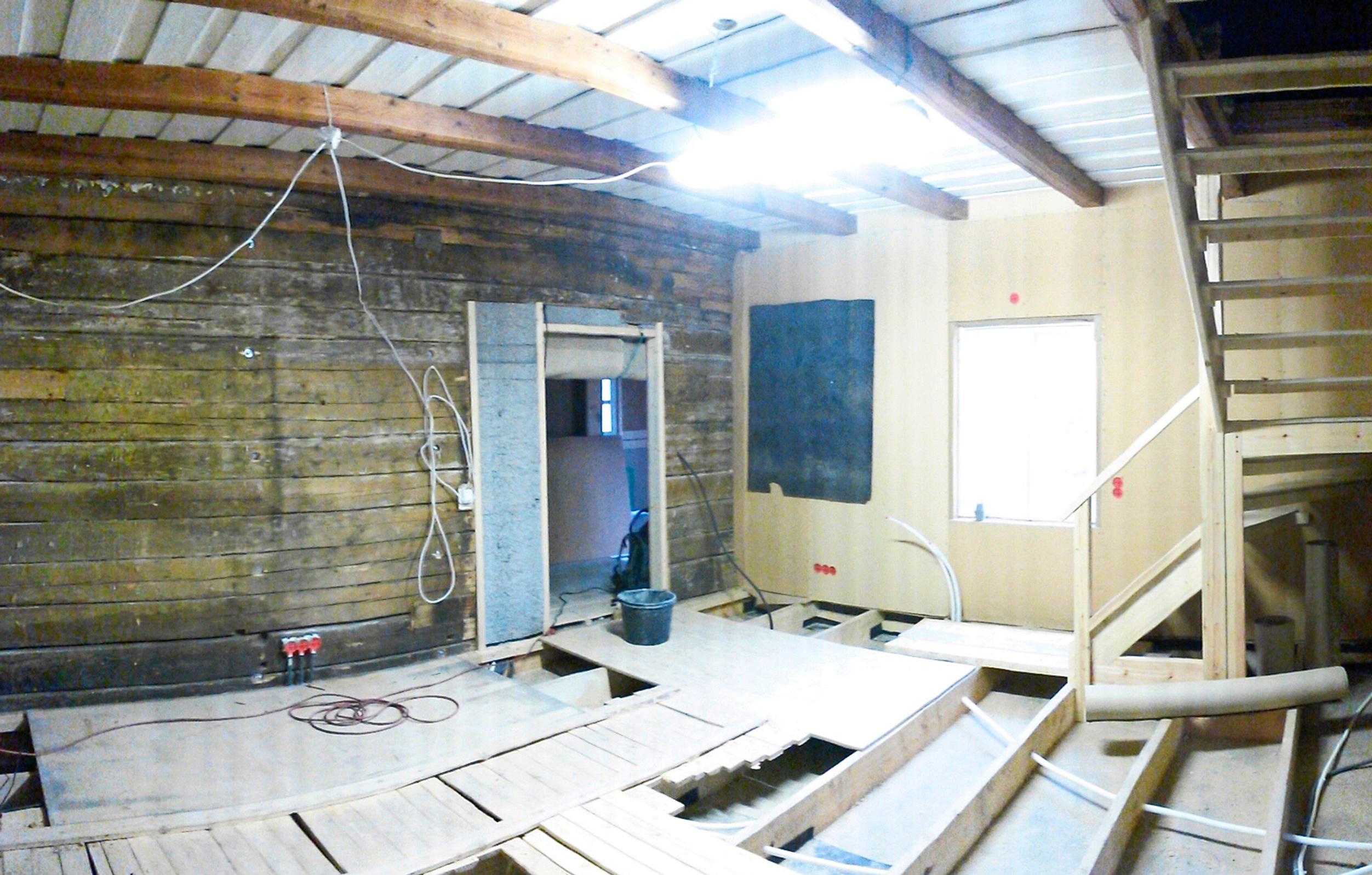
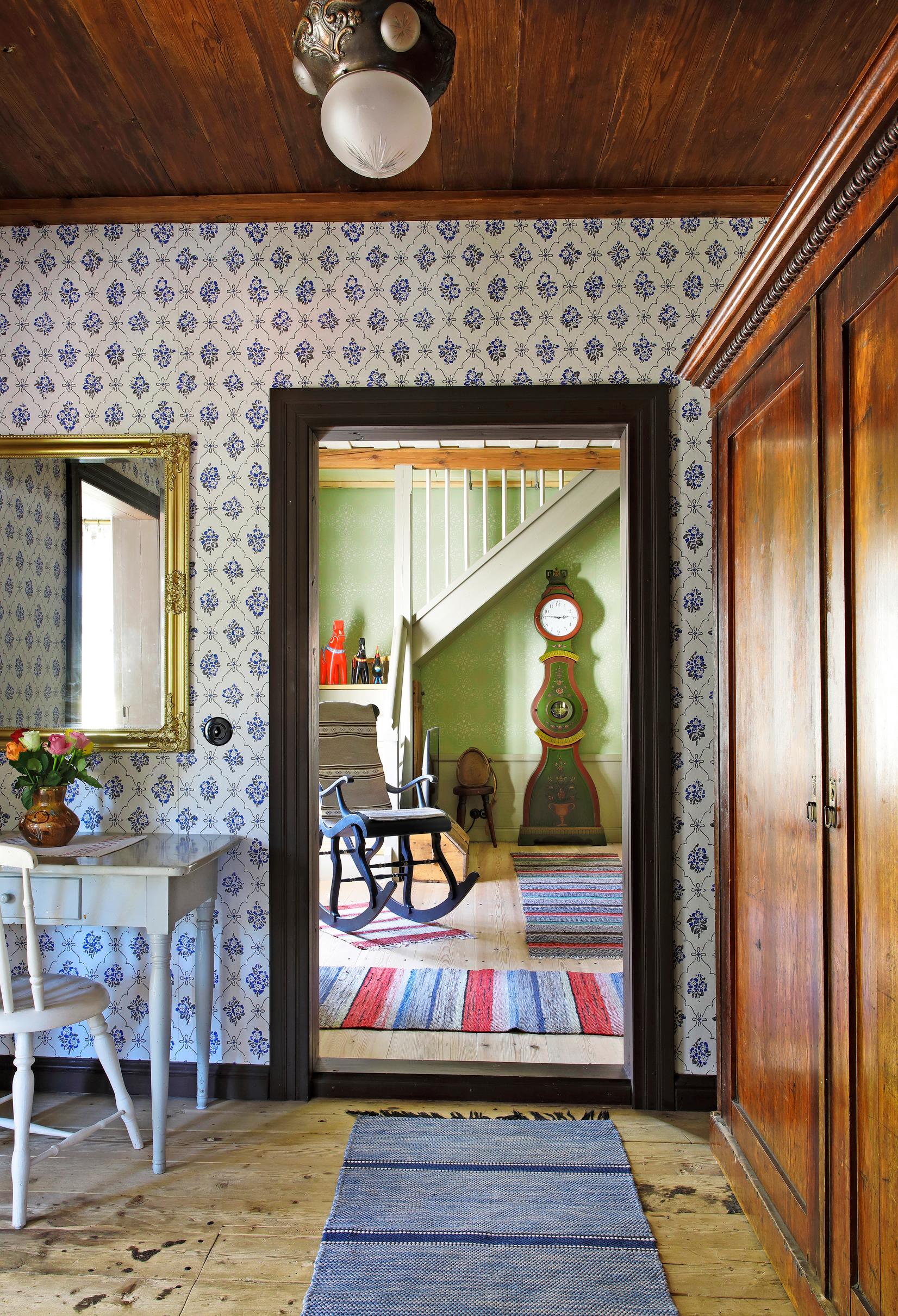
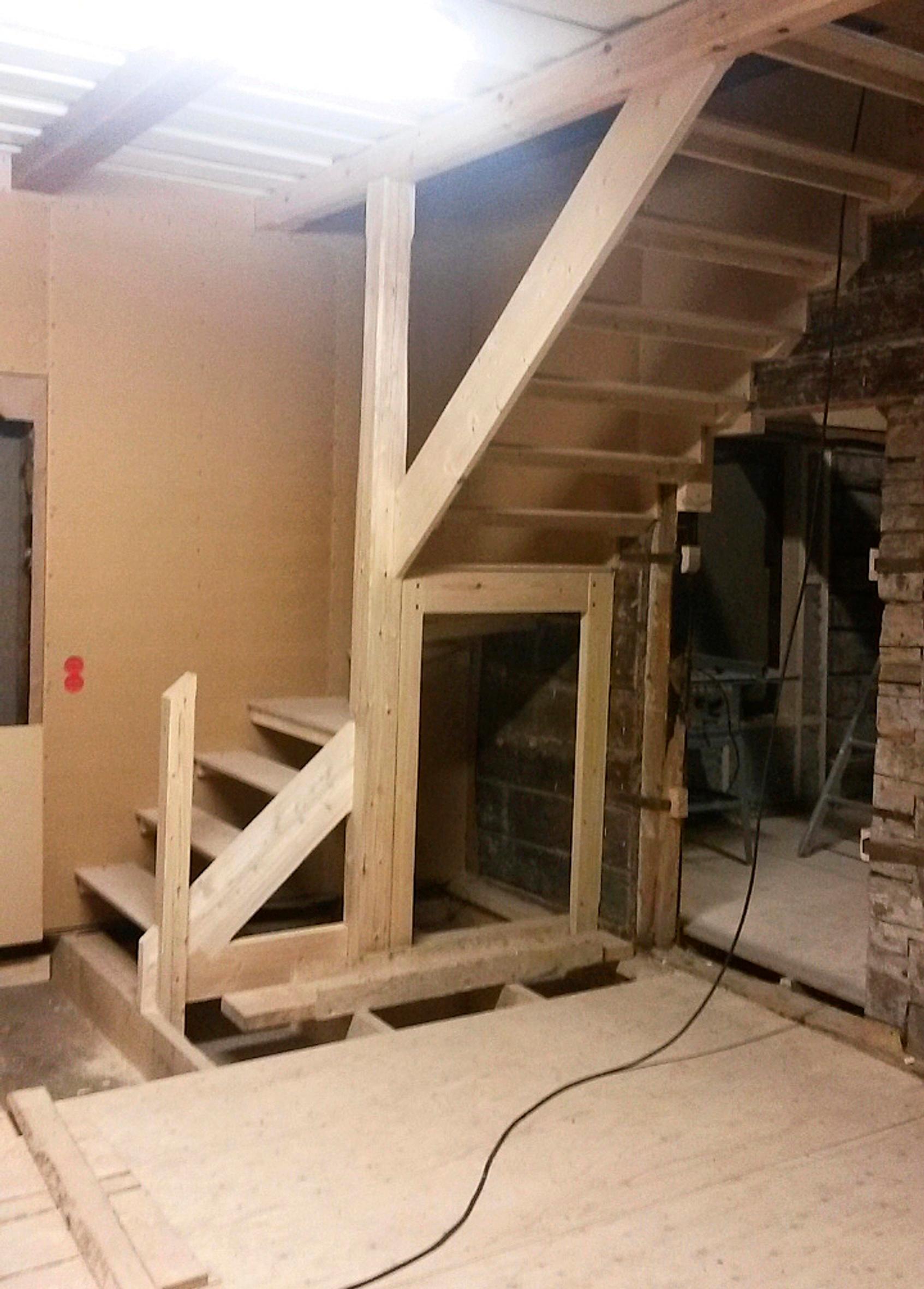
On the drawing board, the floor plan changed. The Fröjdös decided to move the entrance to the other end of the house, where they built an addition for the laundry room and bathroom. The former vestibule became a walk-in closet, and the front room was repurposed as a bedroom—for the time being.
“We plan to have a sitting area and three bedrooms upstairs. At that point, the downstairs bedroom will become a library, and the walk-in closet will become a workspace and craft station,” Patrik explains.
They located the kitchen in the 1920s-built section of the house, which concealed an unpleasant surprise beneath the floor: a soil bed left under the crawl space. Luckily, moisture hadn’t yet reached the walls. They removed the soil and stones that first autumn and added new floor joists. The next summer vacation began with pouring the foundation for the new addition. They were lucky when the granite fieldstones they found online were exactly the right size and had the right chisel marks. Thanks to that, the old section and the new section look nearly identical from the outside, which was precisely the Fröjdös’ aim.
Lisa’s grandmother once ruled that the house should be turned into firewood.
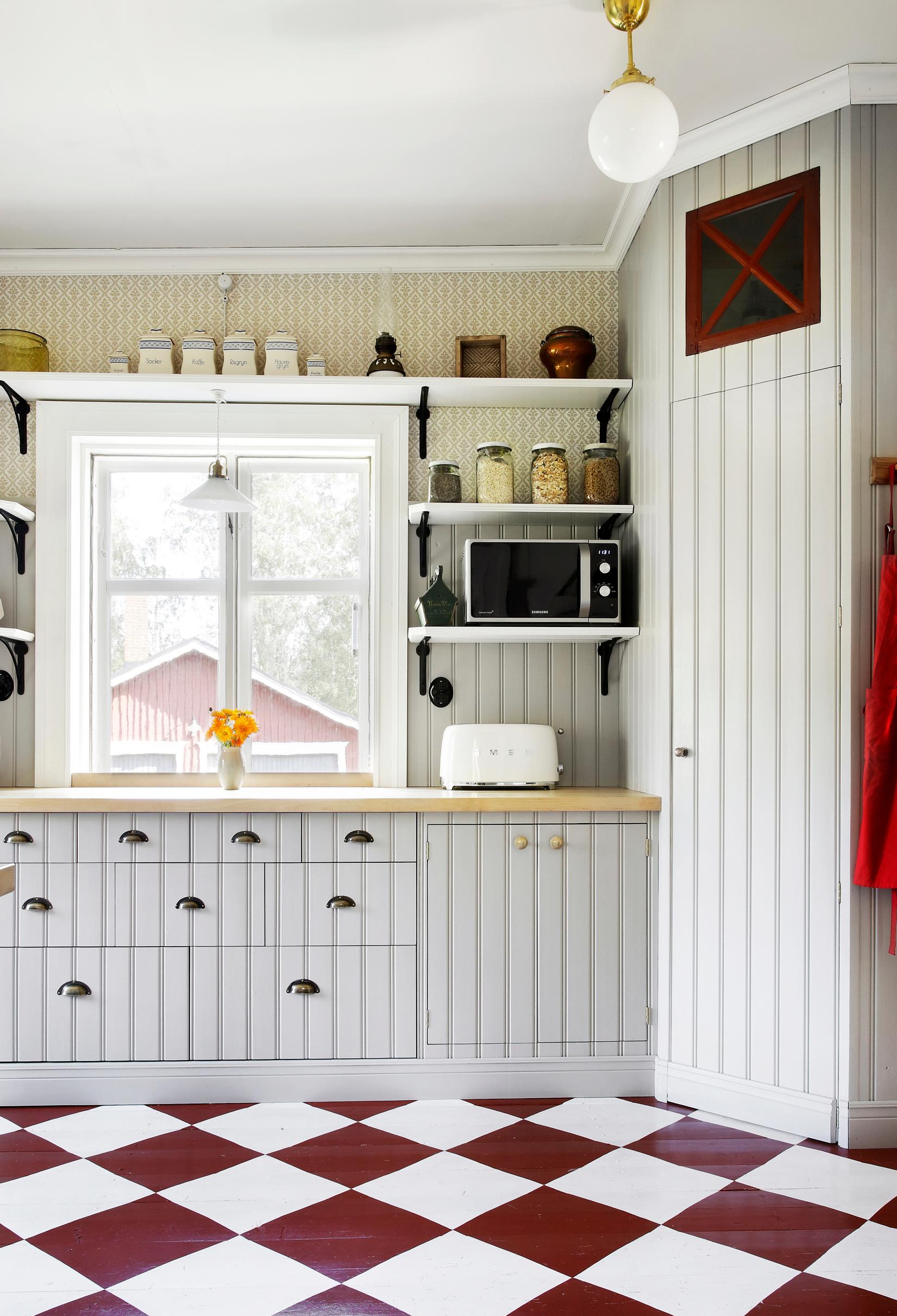
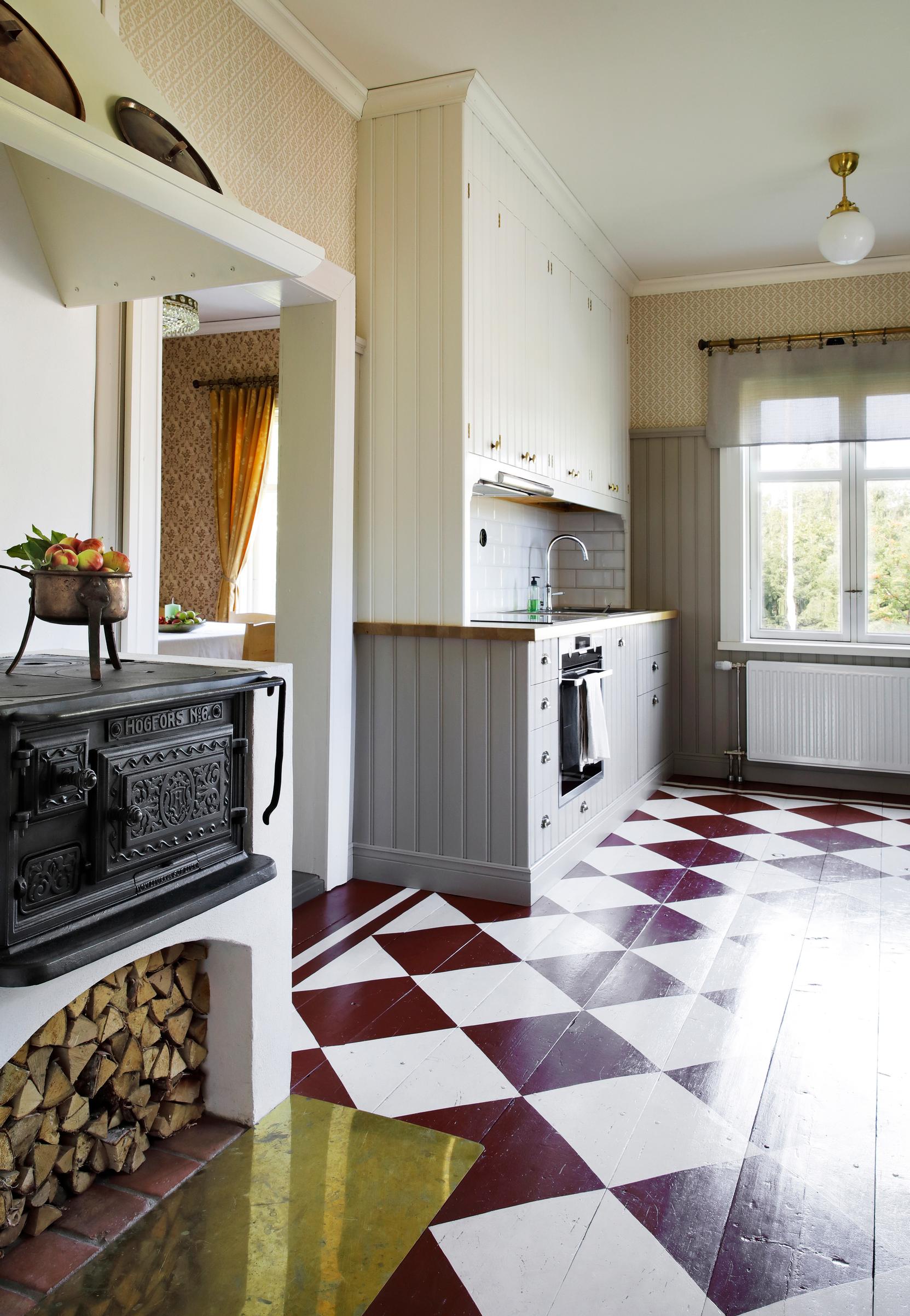
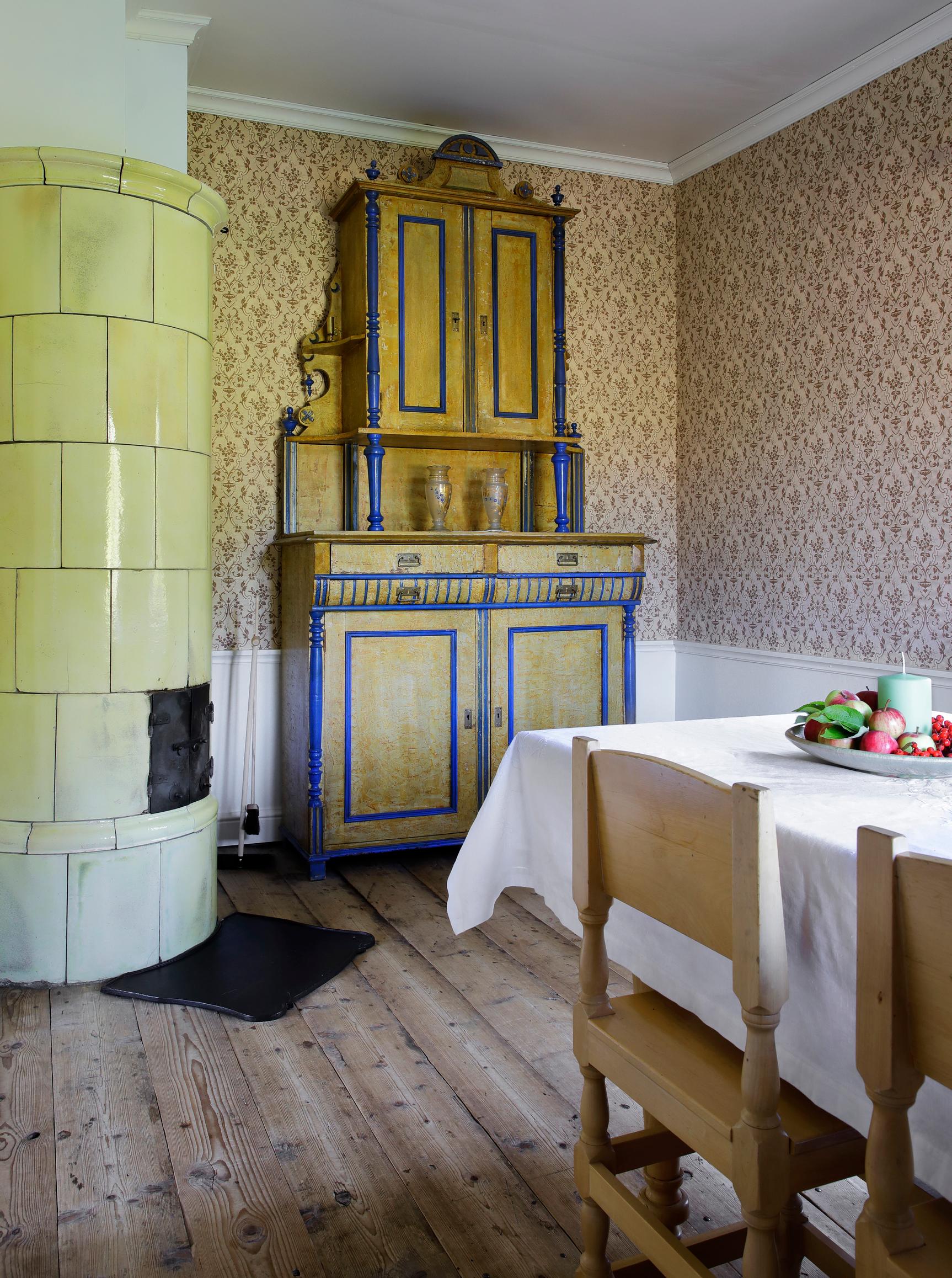
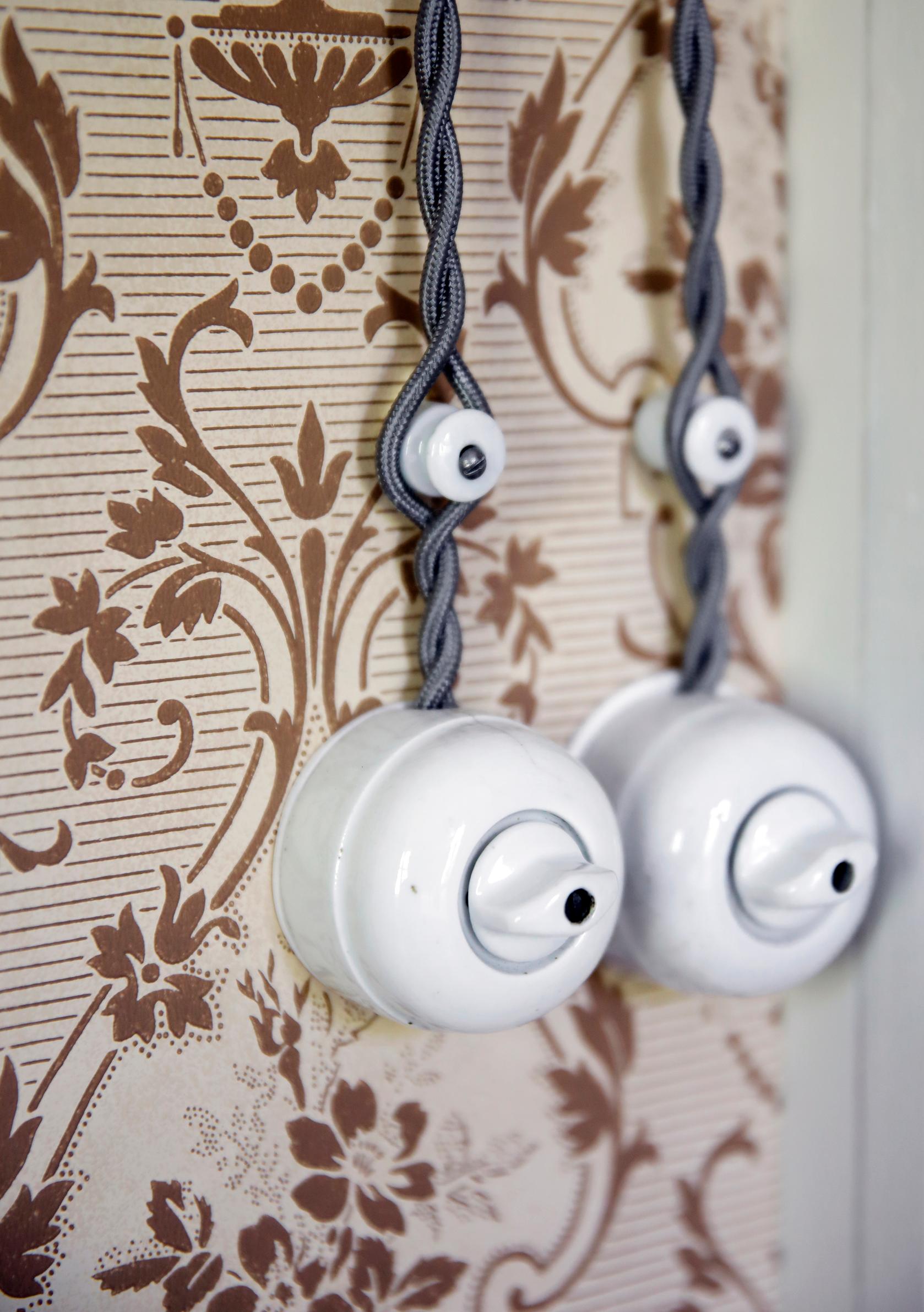
The renovation project lasted a total of 3.5 years. The couple had no renovation experience, but their respect for traditional craftsmanship drove them to learn and experiment. To preserve the house’s spirit, they used original materials and items salvaged from local demolition sites.
They tackled the renovation room by room. The most demanding task was restoring the old windows.
“A house needs to breathe, and the old windows were too valuable to throw away. After all, they are the house’s eyes.”
For the new addition, they hired a carpenter to build the window frames, which they glazed themselves. Local building regulations required insulated glass on the inside, but from the outside, even the new windows feature hand-blown glass.
Patrik and his father also built the cabinets for the laundry room and kitchen out of robust beadboard paneling.
“We couldn’t have gone any faster without risking more mistakes. By the end, we felt increasingly confident in our work. In the kitchen, there’s really nothing I’d change,” Patrik says.

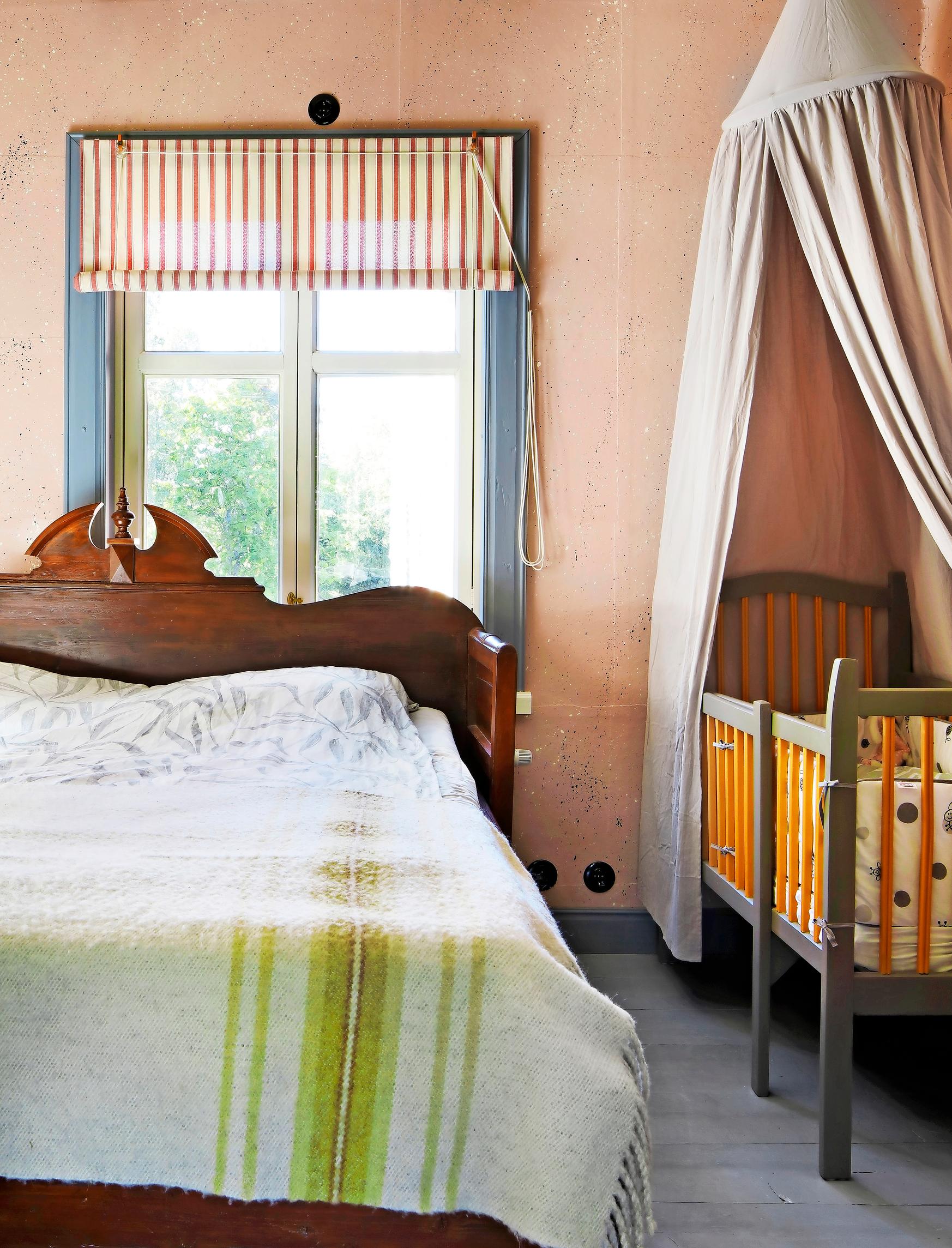
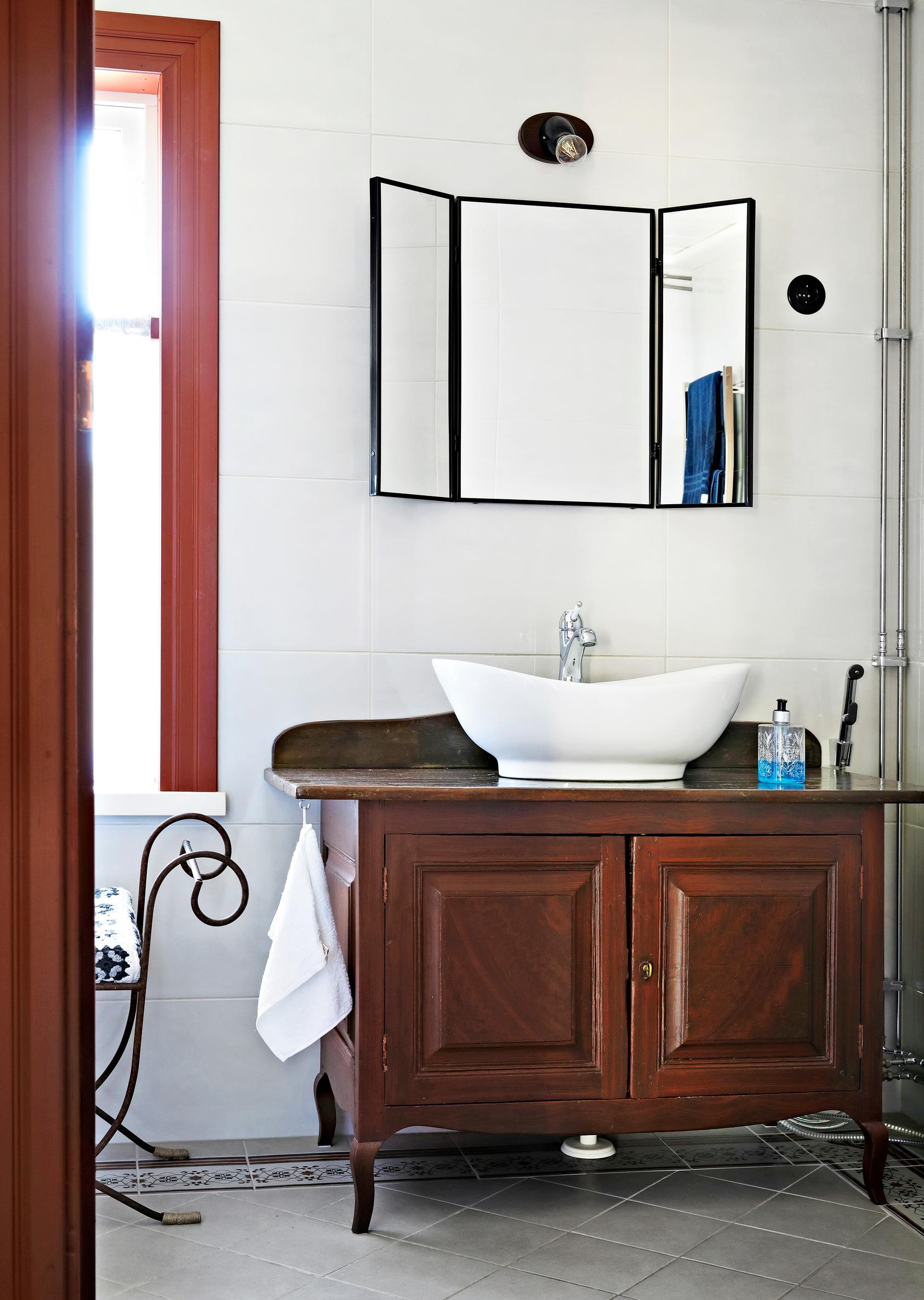
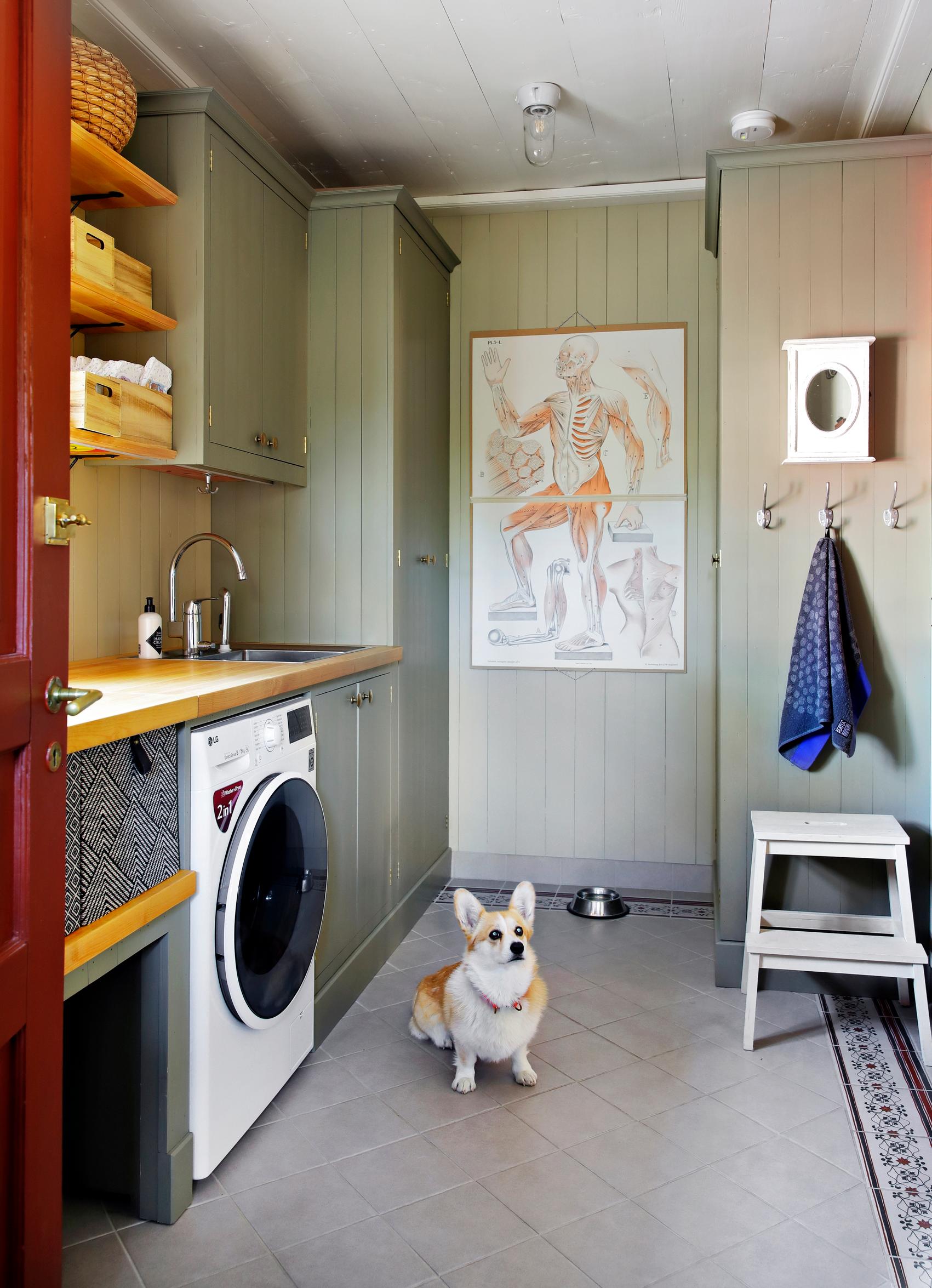
By doing the work themselves, the family saved significantly on renovation costs.
“Without the appliances, the kitchen cost under €2,000. We had so many special requirements that we didn’t even bother asking for quotes,” Lisa adds. Her biggest must-haves—a built-in pantry and a wood-burning stove—determined the cabinets’ placement.
Contrary to what many assumed, the toughest part of the renovation was building the new addition. Fortunately, their fatigue lifted, and the joy returned once Lisa and Patrik returned to the old section and brought it back to life. Patrik planed all the trim by hand, as well as the wide pine planks in the living room, which were fastened with old, hand-forged nails.
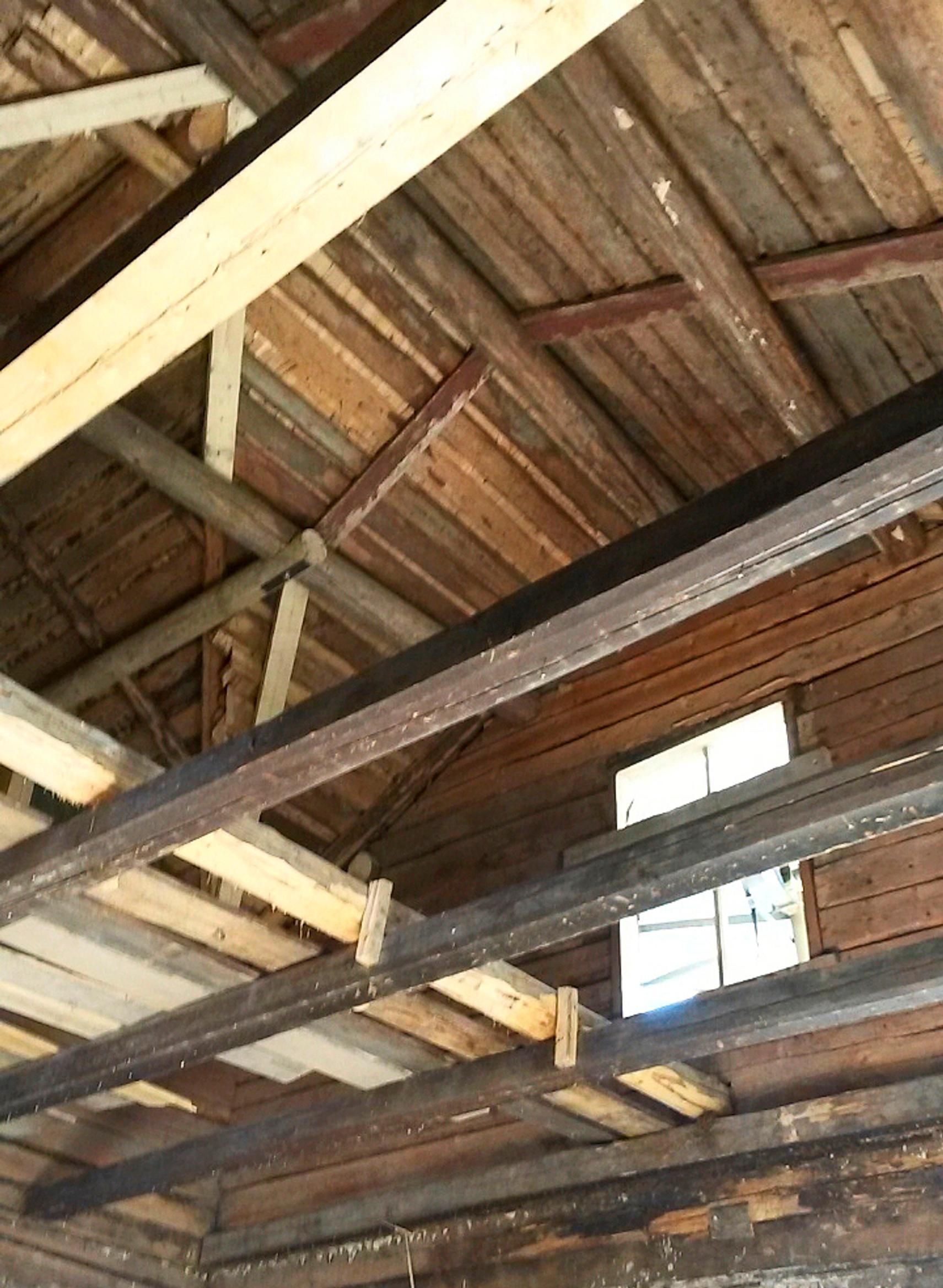
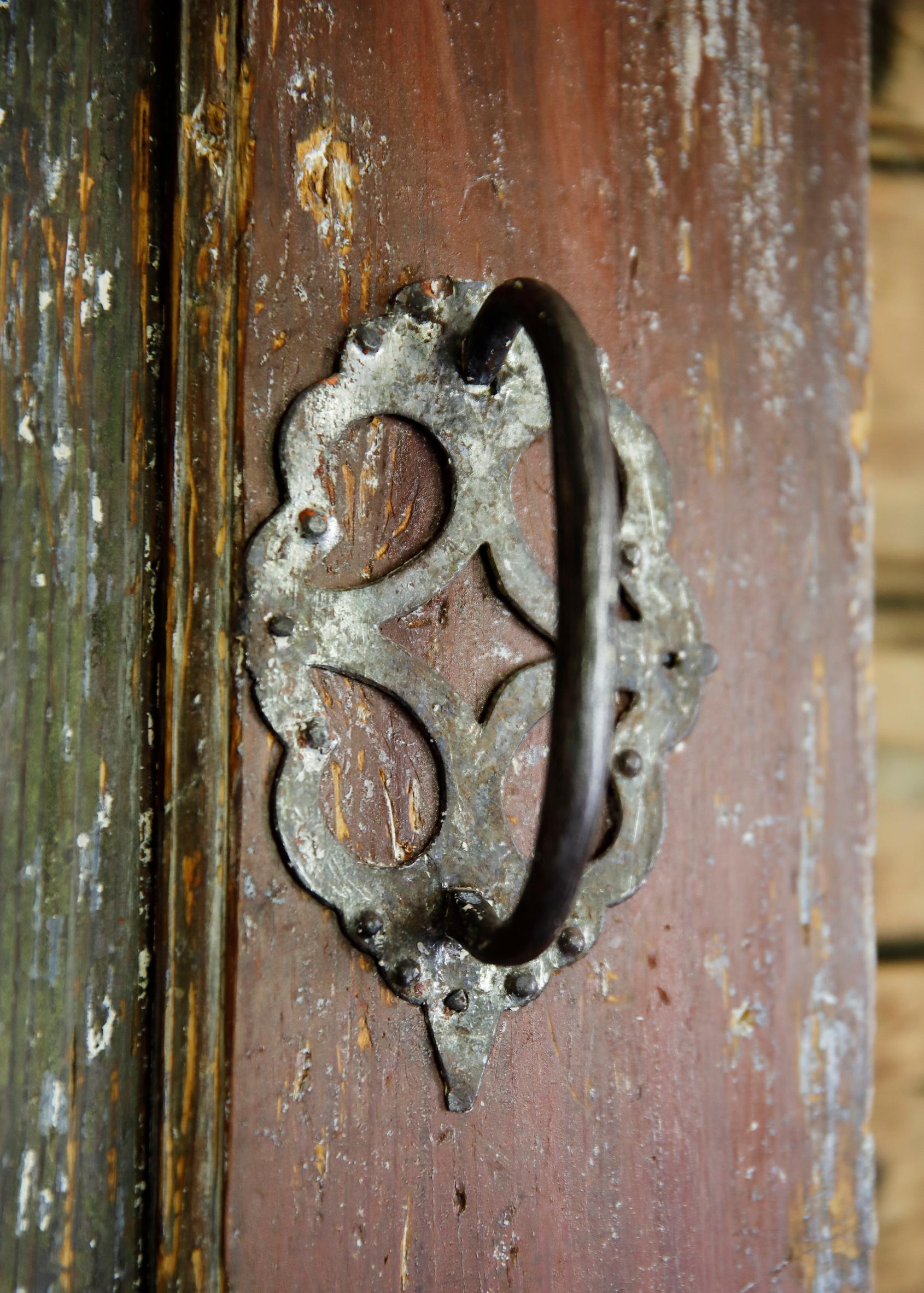
The work takes time, and it’s allowed to take time. Not everything has to be finished right away.
Unfortunately, the house’s log walls had once been straightened with a dull axe, allowing only some of them to remain exposed. The Fröjdös used eco-friendly wood-fiber insulation and board for the walls, and sometimes a layer of heavy paper. In the oldest part, Lisa applied rag paper sheets, painted with her own egg tempera recipe. While in a café in Turku, she found a stencil pattern she liked for the living room walls—executing it took three weeks.
Painting the harlequin pattern on the kitchen floor also required precision and patience.
“You have to accept that the work takes time, and it’s allowed to take time. Not everything has to be finished right away. In fact, I’m pretty proud we’ve planned and done it all together from start to finish,” Lisa says.
They spent their first night in the new home at Christmas 2017. The following autumn, they left their apartment for good and moved into Sigurd’s house, where their young daughter Inez can now dream under its roof.
